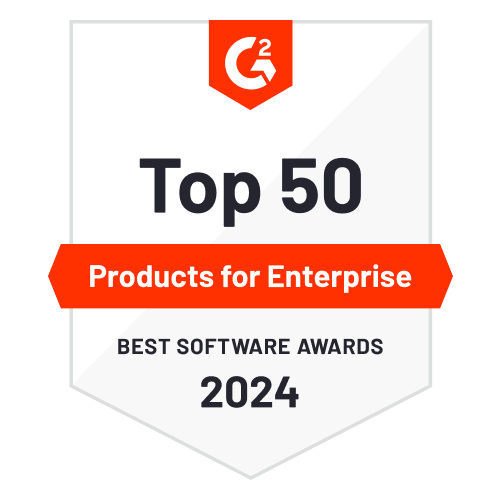OTT
OTT stands for over-the-top. It is basically streaming media services offered directly to viewers over the Internet. It bypasses traditional media intermediaries like cable, terrestrial TV channels, or satellite channels. It’s usually consumed by personal computers, mobile devices, smart TVs, or digital media players.
Over-the-top content has different types:
- OTT video streaming: subscription-based video-on-demand services like Netflix, Amazon Prime, Disney+ HotStar
- OTT music streaming: Spotify, Apple Music, Amazon Prime Music, Tidal Music, Gaana, Saavn
- OTT messaging: instant messaging services like WhatsApp, Facebook Messenger, Skype, or Telegram
- OTT voice calling: VOIP platforms like Skype, Google Hangouts, Viber
Over-the-top is of immense importance to marketers as they provide excellent advertisement opportunities along with better customer experiences.
How OTT Impacts Mobile Marketing
Mobile marketers must understand Over-the-top thoroughly to see that their ecosystem is changing rapidly. Over-the-top content is different from video-on-demand (VOD) and you cannot make an Over-the-top marketing plan similar to that of VOD. The marketing strategies, tactics, and channels that worked last year may not work next year, and the strategies that work next year might go out of trend or obsolete. What won’t change is human’s gravitation towards cost-effectiveness and convenience.
Benefits of Over-The-Top Content:
Over-the-top content has taken how users consume content to a whole new level. It comes with a variety of benefits.
- A widely popular and large audience
- Easy subscription
- Easier content-sharing options
- Diversified target audience
- Uninterrupted content – No commercials or distracting ads
- Access to unlimited content













